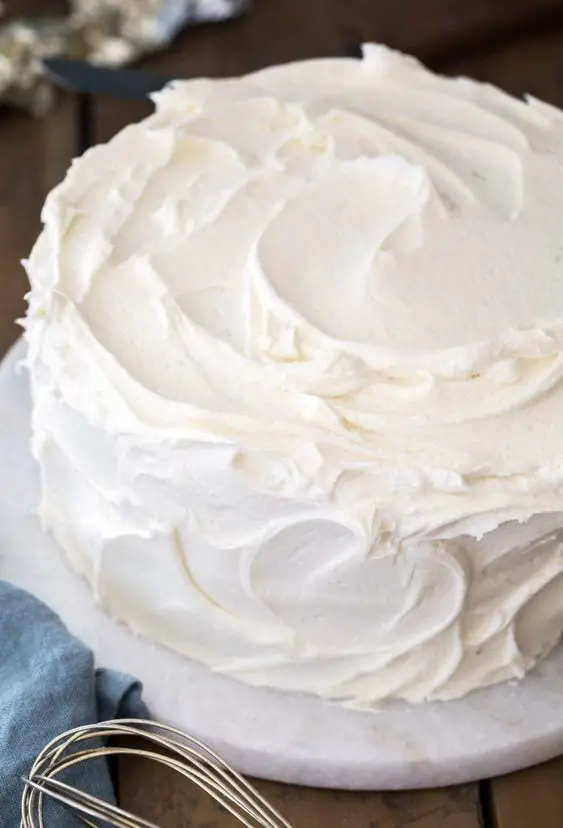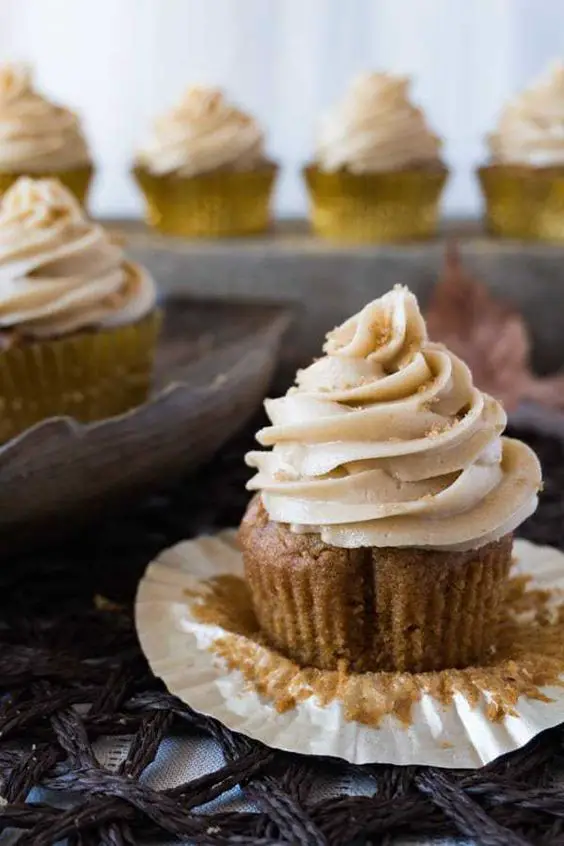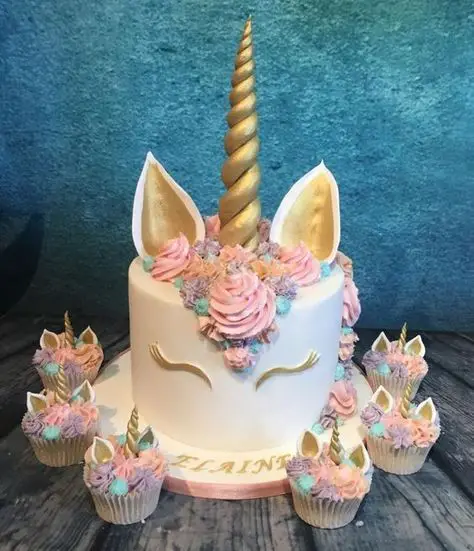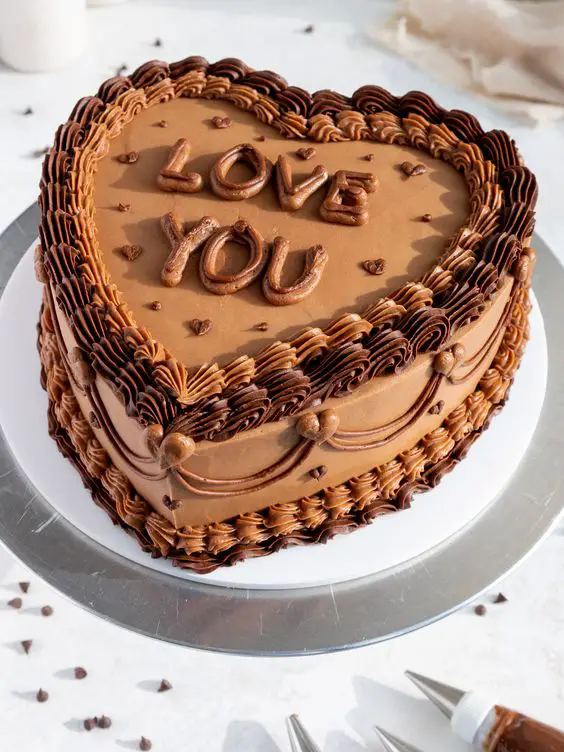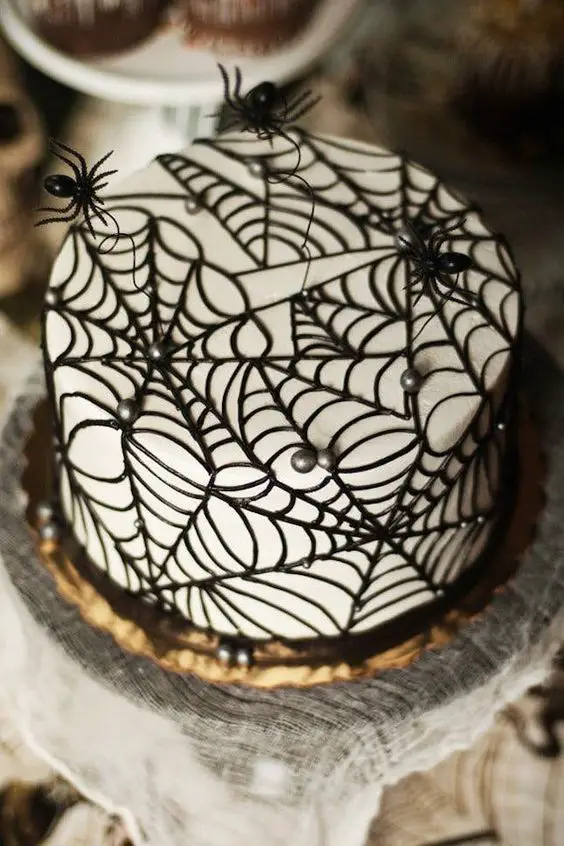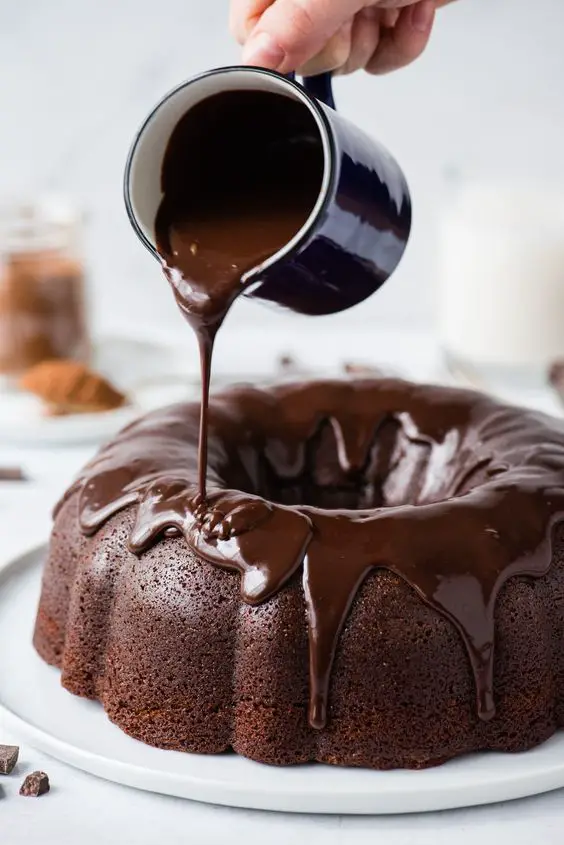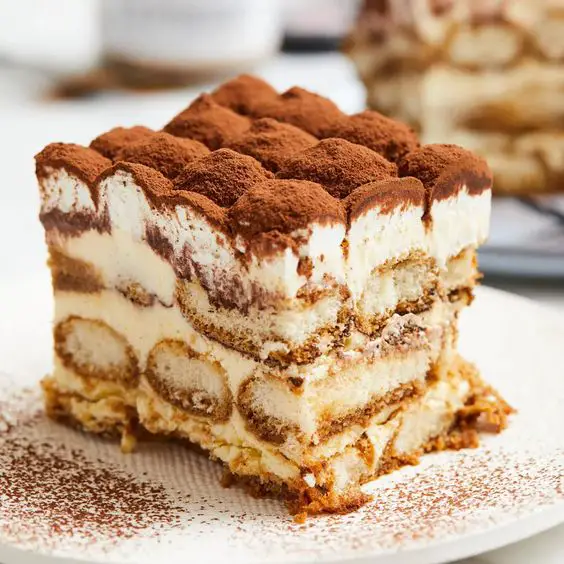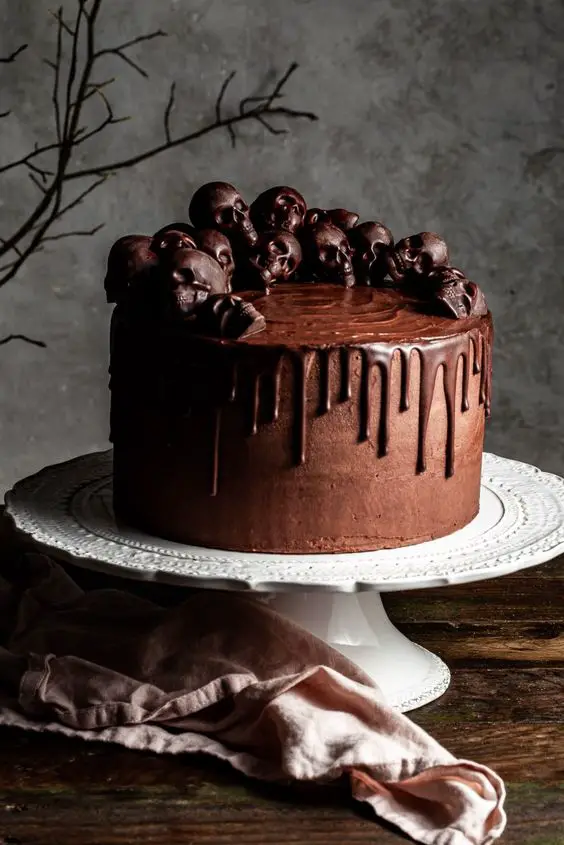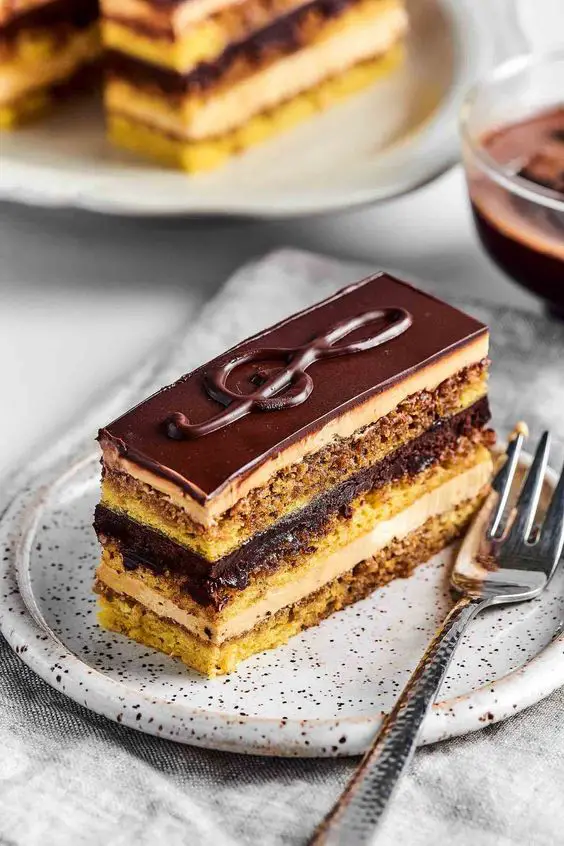White buttercream is a versatile and delectable frosting that has earned its place as a beloved staple in the world of baking and cake decoration. This creamy confection is known for its smooth texture and pure, ivory-white color, making it the perfect canvas for creating stunning cakes and cupcakes. Whether you’re a professional pastry chef or a home baker, white buttercream provides endless possibilities for adding a touch of sweetness and elegance to your sweet creations. In this introduction, we’ll explore the key features and uses of white buttercream, inviting you to indulge in its delightful taste and explore the artistry it enables in the realm of dessert design.
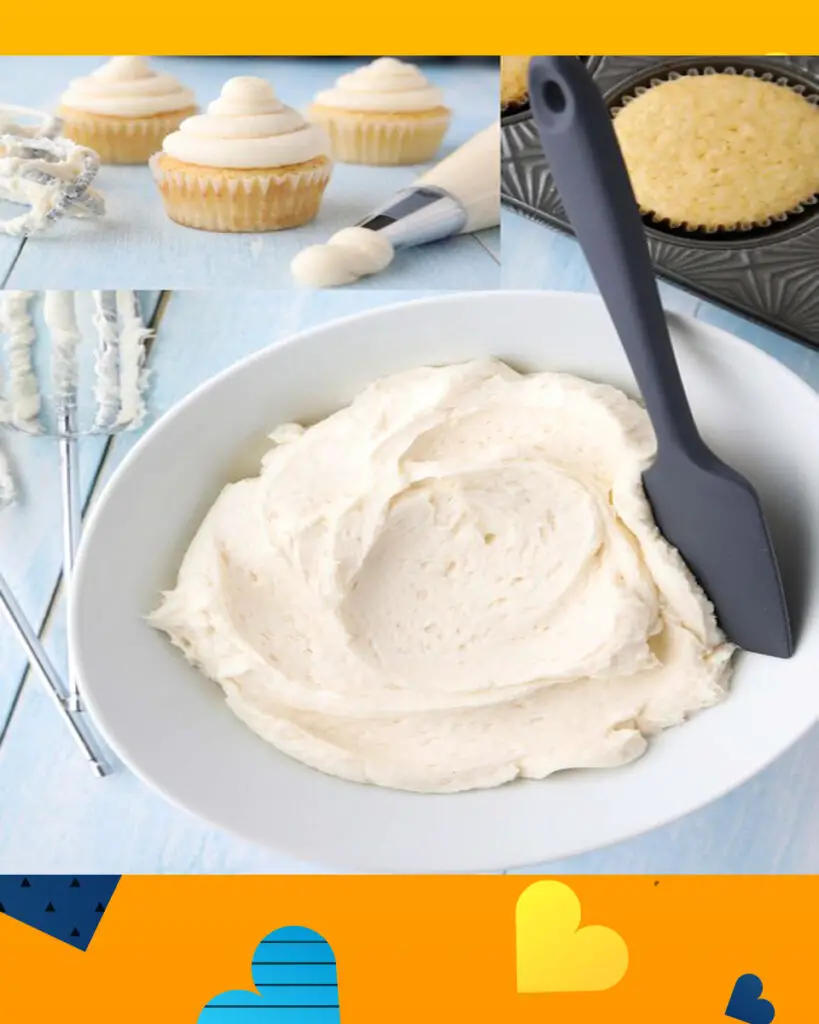
What is White Buttercream?
White buttercream is a popular type of frosting used in baking and cake decoration. It is made primarily from butter, powdered sugar, and flavorings, such as vanilla extract, along with a small amount of milk or cream to achieve the desired consistency. The result is a creamy and smooth frosting with a luscious, ivory-white color.
White buttercream is cherished for its versatility and ability to enhance the flavor and appearance of various desserts, including cakes, cupcakes, cookies, and pastries. It serves as an excellent base for creating intricate designs, piping decorative patterns, or simply covering a cake in a beautiful, uniform layer.
This frosting’s delightful taste combines the rich, buttery flavor of the butter with the sweetness of the powdered sugar and the aromatic notes of vanilla. It provides a perfect balance of sweetness and creaminess, making it a favorite choice for both professional bakers and home cooks.
White buttercream can be further customized by adjusting the thickness, flavor, and color to suit different recipes and design preferences. It can be left plain or tinted with food coloring to create an array of vibrant hues for themed or festive cakes. Whether you’re aiming for a classic, elegant look or a whimsical, colorful design, white buttercream is an essential ingredient in the world of baking and cake decorating.
Why you will love White Buttercream?
There are several compelling reasons why you’ll love white buttercream in your baking and dessert endeavors:
- Versatility: White buttercream is incredibly versatile and can be used in a wide range of desserts, from classic layer cakes to cupcakes, cookies, and even as a filling for pastries. Its adaptability makes it a go-to choice for various sweet treats.
- Smooth Texture: White buttercream has a luxurious, silky-smooth texture that makes it easy to spread or pipe onto cakes and cupcakes. It creates a flawless, polished finish, whether you’re covering a cake or decorating with intricate designs.
- Delicious Flavor: This frosting offers a delightful balance of rich, buttery flavor and sweetness, making it a crowd-pleaser for those who appreciate a harmonious combination of taste sensations. The addition of vanilla extract enhances its overall flavor profile.
- Customization: White buttercream is a blank canvas for creativity. You can customize it by adding different flavors or colors, allowing you to match your dessert to various themes, occasions, or personal preferences.
- Excellent Consistency: Achieving the right consistency is crucial in cake decorating, and white buttercream can be easily adjusted by adding more powdered sugar for a stiffer texture or a touch of milk or cream for a softer one. This adaptability ensures that you can achieve the desired results in your dessert creations.
- Professional Appearance: White buttercream lends an elegant and polished appearance to your cakes and cupcakes. Its pristine white color provides a beautiful backdrop for various decorations, from simple flowers to intricate piping work.
- Long-Lasting Freshness: When properly stored, desserts frosted with white buttercream can stay fresh for several days. This makes it a practical choice for prepping cakes in advance for special occasions or events.
- Time-Tested Favorite: White buttercream has stood the test of time as a beloved frosting option, with a classic and timeless appeal that never goes out of style.
Whether you’re a seasoned baker or just starting your journey into the world of baking and cake decorating, white buttercream is sure to become an essential and cherished component of your repertoire, enabling you to create beautiful, delicious desserts that delight both the eyes and the taste buds.
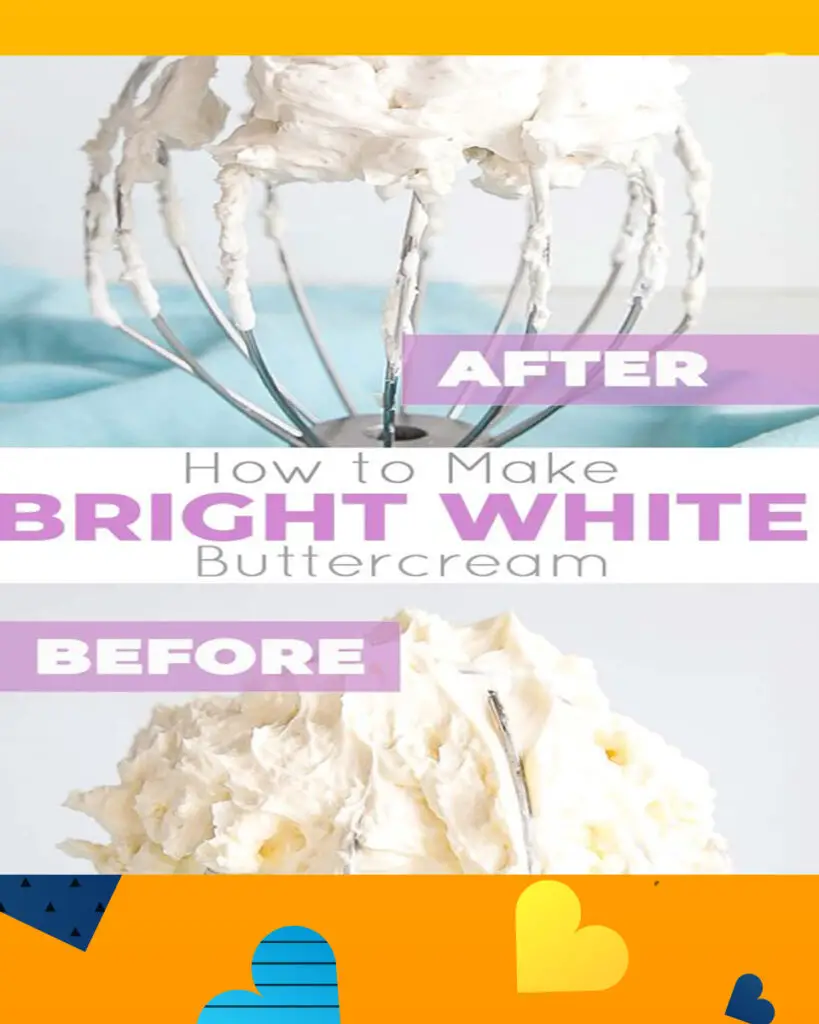
White Buttercream Recipe
Ingredients:
- 1 cup (2 sticks) unsalted butter, softened
- 4 cups powdered sugar (confectioners’ sugar)
- 2 teaspoons pure vanilla extract
- 2-4 tablespoons milk or heavy cream
- A pinch of salt (optional)
Instructions:
- Prepare the Butter: Make sure your butter is softened to room temperature. This is crucial for achieving a smooth and creamy texture in your buttercream. You can leave the butter out at room temperature for about 1-2 hours or microwave it for a few seconds at a low setting.
- Cream the Butter: In a large mixing bowl, beat the softened butter using an electric mixer on medium-high speed. Continue to beat for about 2-3 minutes until the butter becomes pale and fluffy.
- Add Vanilla Extract: Pour in the vanilla extract and continue to mix for another minute until it’s well incorporated. The vanilla extract adds a delightful flavor to your buttercream.
- Gradually Add Powdered Sugar: Begin adding the powdered sugar one cup at a time, while mixing on low speed. Scrape down the sides of the bowl as needed to ensure even mixing. Continue to beat until the mixture becomes smooth and creamy.
- Adjust Consistency: Depending on your desired consistency, add milk or heavy cream gradually. Start with 2 tablespoons and mix until well combined. If the buttercream is too thick, add more milk or cream, one tablespoon at a time, until you achieve your desired texture. If you want a stiffer frosting, you can skip this step.
- Taste and Adjust: Give the buttercream a taste. If you prefer it sweeter, you can add more powdered sugar. If you want a hint of salt to balance the sweetness, add a pinch and mix well.
- Whip It Up: To ensure an extra light and airy texture, beat the buttercream on high speed for an additional 2-3 minutes. This will make it even smoother and more spreadable.
Your white buttercream is now ready to use. You can frost cakes, cupcakes, cookies, or any other desserts of your choice. If you want to color the buttercream or use it for piping decorative designs, add food coloring gel as needed, a little at a time, until you achieve the desired hue.
Nutrition information
The nutritional information for white buttercream frosting can vary slightly depending on specific ingredients and serving sizes. However, here’s a general estimate for a typical serving of white buttercream frosting (about 2 tablespoons):
- Calories: 140-160 calories
- Total Fat: 7-9 grams
- Saturated Fat: 4.5-5.5 grams
- Cholesterol: 20-25 milligrams
- Sodium: 10-15 milligrams
- Total Carbohydrates: 20-25 grams
- Sugars: 20-22 grams
- Protein: 0 grams
Please note that these values are approximate and can change based on the exact brands and quantities of ingredients used. White buttercream frosting is high in calories and sugar due to its butter and powdered sugar content. It is typically enjoyed in moderation as a sweet and indulgent topping for desserts, and its nutritional profile makes it a treat rather than a regular dietary staple.
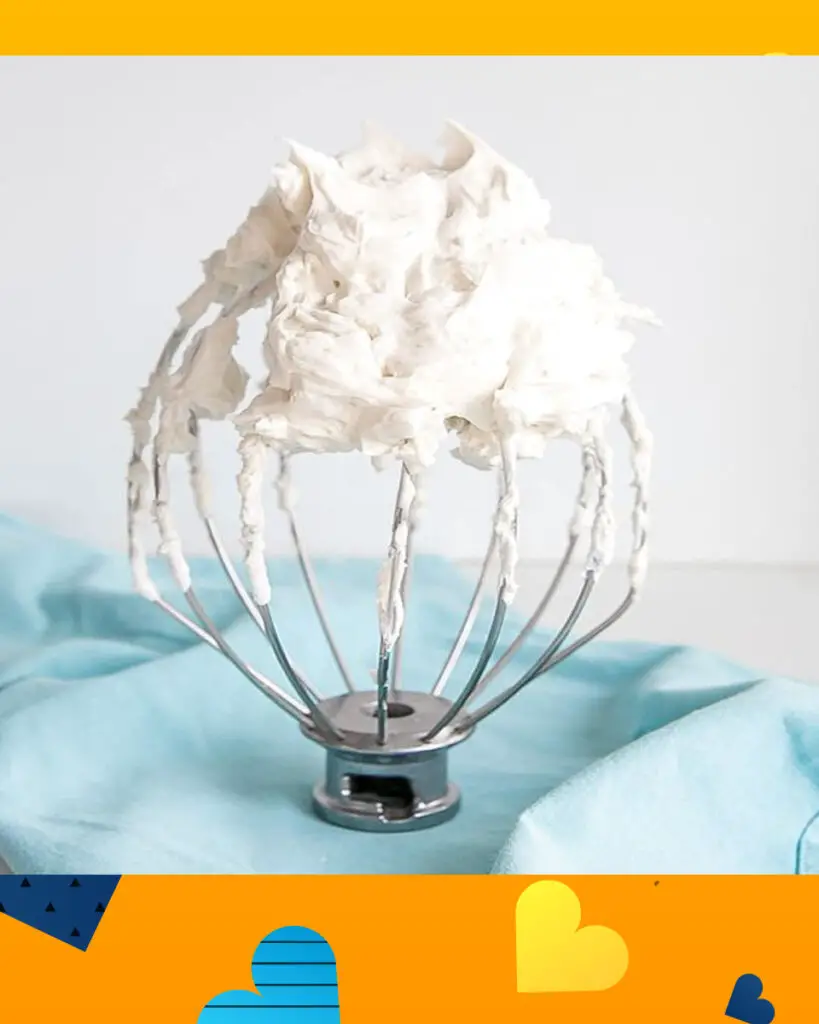
Tips to make perfect White Buttercream
Creating perfect white buttercream frosting requires attention to detail and some helpful tips to ensure a smooth and delightful result. Here are some tips to help you make the perfect white buttercream:
- Use Quality Ingredients: Start with high-quality butter and pure vanilla extract. The flavor and texture of your buttercream will greatly depend on the quality of these ingredients.
- Room Temperature Butter: Ensure your butter is softened to room temperature. Soft butter is easier to cream and results in a smoother texture.
- Sift the Powdered Sugar: Before adding powdered sugar, sift it to remove lumps. This helps prevent clumps in your buttercream.
- Gradual Sugar Addition: Add the powdered sugar in small, gradual increments, mixing well after each addition. This prevents the frosting from becoming too thick or grainy.
- Scrape the Bowl: Periodically scrape down the sides and bottom of the mixing bowl to ensure even incorporation of all ingredients.
- Consistency Control: Adjust the consistency with milk or heavy cream as needed. If it’s too thick, add a little liquid at a time. If it’s too thin, add more powdered sugar.
- Flavor Balance: Taste your buttercream as you go. If it’s too sweet, you can add a pinch of salt to balance the sweetness. Adjust the vanilla extract to taste.
- Whip It: After all the ingredients are incorporated, beat the buttercream on high speed for 2-3 minutes to make it extra smooth and fluffy.
- Avoid Overmixing: Be cautious not to overmix the buttercream, as this can lead to an overly soft or greasy texture.
- Use Gel Food Coloring: If you need to color the buttercream, use gel food coloring sparingly. Gel colors are concentrated and won’t dilute the consistency as liquid food coloring might.
- Store Properly: If you’re not using the buttercream immediately, store it in an airtight container in the refrigerator. When you’re ready to use it, let it come to room temperature and re-whip to restore its smoothness.
- Practice Piping: If you’re decorating with piping techniques, practice on a separate surface before applying it to your cake or cupcakes. This helps ensure you have the hang of your design and the right consistency.
- Chill Before Decorating: If you’re covering a cake with a crumb coat, chill it in the refrigerator for about 15-20 minutes before applying the final layer of buttercream. This prevents crumbs from getting into the final coat.
With these tips in mind and a bit of practice, you can consistently create perfect white buttercream frosting for all your baking and cake decorating projects.
How to serve
White buttercream can be served in various ways depending on the dessert you’re preparing and your personal preferences. Here are some common ways to serve white buttercream:
- Frosting for Cakes: The most common way to serve white buttercream is as a frosting for cakes. You can spread it between cake layers and on the top and sides of the cake to create a smooth and delicious exterior. Decorate the cake further with additional designs or toppings if desired.
- Cupcake Frosting: Use white buttercream to frost cupcakes. You can pipe it onto the cupcakes in various decorative patterns or simply spread it on with a knife or spatula. Add sprinkles, edible glitter, or other decorations for extra flair.
- Cookie Filling: Sandwich sugar cookies or other similar cookies with a layer of white buttercream in the middle to create cookie sandwiches. This is a delightful treat for special occasions or as a sweet snack.
- Decorative Designs: White buttercream is a versatile medium for creating decorative designs on cakes and cupcakes. You can pipe flowers, rosettes, swirls, and intricate patterns to make your desserts visually appealing.
- Dipping: For a unique twist, consider serving white buttercream as a dip for fresh fruit, pretzels, or graham crackers. It adds a sweet and creamy element to your snack.
- Cupcake Filling: You can also fill cupcakes with white buttercream by coring out a small section of the cupcake and piping or spooning the buttercream into the cavity. This adds a delightful surprise when someone takes a bite.
- Topping for Desserts: Use white buttercream as a topping for other desserts like brownies, bars, or tarts. It adds a rich and creamy contrast to denser treats.
- Decoration for Special Occasions: Create decorative elements like edible flowers, bows, or figurines using white buttercream. These can be used to adorn special occasion cakes and desserts.
- Ice Cream Topping: Melted and slightly cooled white buttercream can be drizzled over ice cream for a sweet and indulgent topping.
Remember that the serving method may vary depending on the dessert you’re preparing and your own creative ideas. White buttercream’s versatility and delicious taste make it a delightful addition to a wide range of sweet treats, and it can be adapted to suit your specific needs and preferences.
How to store
Properly storing white buttercream is essential to maintain its freshness and prevent it from spoiling or drying out. Here’s how to store white buttercream:
- Airtight Container: Transfer the leftover white buttercream into an airtight container. Ensure that the container is clean and dry before adding the frosting.
- Cover the Surface: To prevent a crust from forming on the surface of the buttercream, press a piece of plastic wrap directly onto the surface of the frosting. This creates a barrier that helps maintain its creamy texture.
- Seal Tightly: Seal the container with its lid securely. If your container doesn’t have a tight-fitting lid, you can use plastic wrap to cover the top before putting the container’s lid on.
- Refrigeration: Store the airtight container with the buttercream in the refrigerator. White buttercream contains dairy (butter and cream or milk), so it should be refrigerated to keep it safe and fresh.
- Label and Date: It’s a good practice to label the container with the date of preparation so you can easily keep track of its freshness.
- Short-Term vs. Long-Term: If you plan to use the buttercream within a few days, the refrigerator is sufficient. However, for longer storage, you can freeze it.
Freezing White Buttercream:
If you want to store white buttercream for an extended period, follow these additional steps:
- Double Wrap: After placing the buttercream in an airtight container, double-wrap it with plastic wrap or aluminum foil to ensure no air can enter.
- Label and Date: Label the container with the date and a description of the contents.
- Freezer Storage: Store the double-wrapped container in the freezer. Frozen buttercream can typically be kept for up to 2-3 months without significant quality loss.
Thawing Frozen Buttercream:
When you’re ready to use frozen buttercream, follow these steps to thaw it:
- Transfer to Refrigerator: Move the container from the freezer to the refrigerator. Allow it to thaw slowly overnight or for at least a few hours.
- Re-Whip: After it has thawed, re-whip the buttercream using an electric mixer to restore its smooth texture. You may need to add a small amount of milk or cream to achieve the desired consistency.
- Use as Usual: Once the buttercream is re-whipped and reaches the desired consistency, you can use it to frost your cakes, cupcakes, or other desserts as you normally would.
By following these storage guidelines, you can keep your white buttercream fresh and ready to use whenever you have a sweet treat to decorate or enjoy.
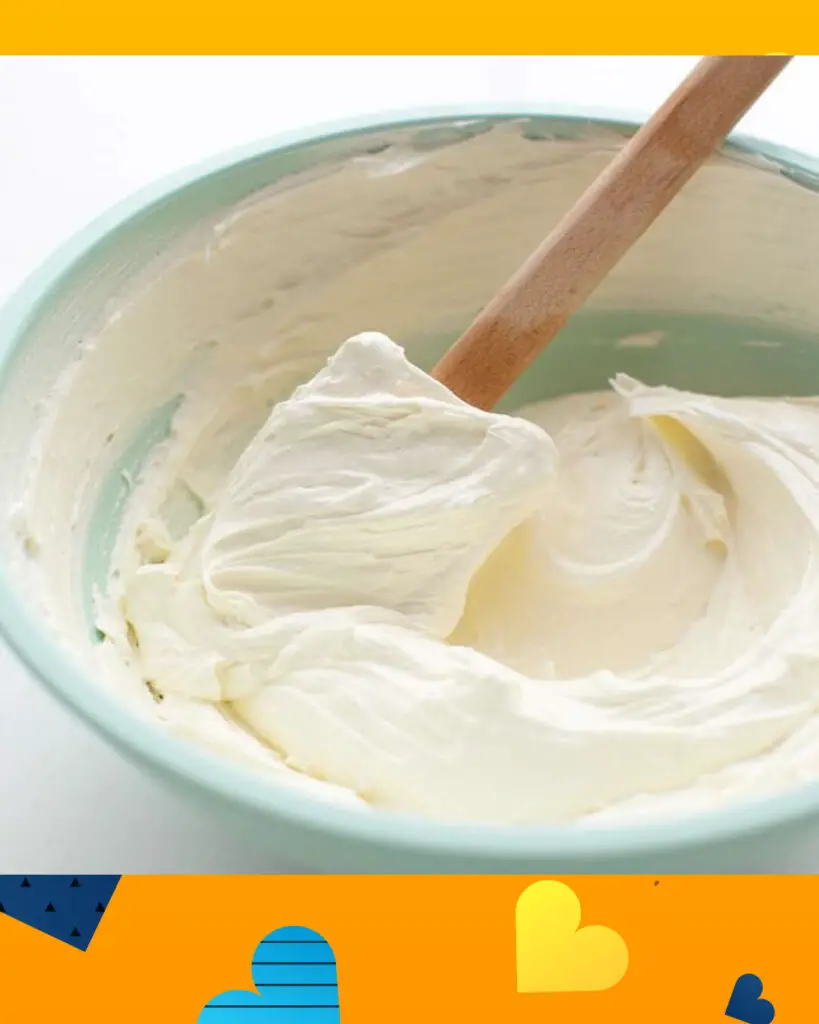
FAQ’s
- Can I make white buttercream ahead of time?
- Yes, you can make white buttercream ahead of time. Store it in an airtight container in the refrigerator for short-term storage (a few days) or in the freezer for longer-term storage (2-3 months). When ready to use, thaw and re-whip if necessary.
- How do I color white buttercream?
- To color white buttercream, use gel food coloring. Add the coloring gradually until you achieve the desired hue. Start with a small amount and mix well, adding more as needed. Remember that gel colors are concentrated, so a little goes a long way.
- Can I use salted butter for white buttercream?
- It’s best to use unsalted butter for white buttercream because it allows you to control the saltiness. However, if you only have salted butter, you can use it, but omit any additional salt in the recipe.
- Why is my white buttercream too thin or runny?
- If your buttercream is too thin, it may be due to excessive liquid. To thicken it, gradually add more powdered sugar until you reach the desired consistency. Additionally, ensure that your butter is at the correct room temperature, as overly softened butter can lead to thin frosting.
- How do I fix grainy or lumpy white buttercream?
- Grainy or lumpy buttercream can result from unincorporated powdered sugar. To fix this, beat the buttercream on high speed for a few minutes, which can help smooth it out. If that doesn’t work, you can pass the frosting through a fine-mesh sieve to remove any lumps.
Troubleshooting:
- My buttercream is too thick and hard to spread. What should I do?
- To thin out overly thick buttercream, add small amounts of milk or cream (1-2 tablespoons at a time) and mix until you achieve the desired consistency.
- My white buttercream is too sweet. How can I reduce the sweetness?
- To reduce sweetness, you can add a pinch of salt and mix it in. Taste as you go, and adjust the salt as needed to balance the flavors.
- Why is my white buttercream turning yellowish instead of staying white?
- The color of your buttercream can be affected by the color of the butter you use. To maintain a pure white color, use unsalted butter that is very pale in color. Some brands of butter are naturally whiter than others.
- My buttercream looks curdled or separated. What went wrong?
- Overmixing can sometimes cause buttercream to look curdled. If this happens, try mixing on low speed for a few minutes to see if it comes back together. If not, the butter may have been too soft. You can try refrigerating it briefly and then re-whip.
- Why does my buttercream have air bubbles or appear bubbly when piped?
- To avoid air bubbles in piped buttercream, be sure to use a piping tip with a wide opening and tap the filled piping bag on the counter a few times to release air before piping.
These FAQs and troubleshooting tips should help you navigate common issues when working with white buttercream, ensuring that you can create delicious and visually appealing desserts with confidence.
Happy baking!

